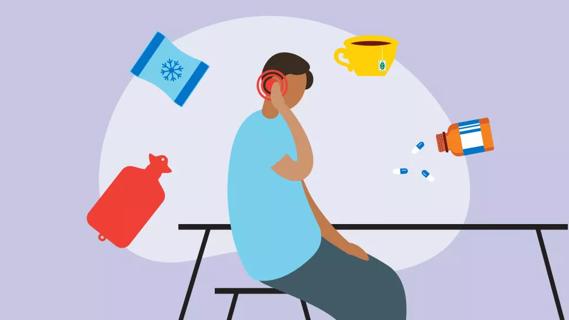Advertisement
Better ways to add flavor to your morning brew

By: Roxanne B. Sukol, MD, MS
Advertisement
Cleveland Clinic is a non-profit academic medical center. Advertising on our site helps support our mission. We do not endorse non-Cleveland Clinic products or services. Policy
When I ask patients what they put in their coffee, they almost always say cream. So I say, “…like cream from a cow?” And sometimes the answer is yes. But sometimes the answer is no.
What do they mean by “cream” then? They usually mean what I refer to as “coffee whiteners.” Found up and down the aisles of your local supermarket, these products usually contain more corn syrup solids, partially hydrogenated vegetable oil and fake flavoring, like Irish creme or French vanilla, than actual milk or cream.
Coffee whiteners are everywhere. They’re at work, meetings, workshops, and even parties given by people who are otherwise committed to fresh food, backyard gardens, and composting. Like some kind of stealth bomber, coffee whiteners have slipped in under the radar. Unfortunately, these Trojan horses are filled with diabetes, obesity, heart attacks, and strokes.
A visit to a local supermarket reveals a few interesting facts about coffee whiteners, also known as non-dairy creamers. These products are a study in advertising spin. The packages specify the size of a single serving (a teaspoon of powder, a tablespoon of liquid), but the advertising actually encourages people to use more than the stated serving amount, often encouraging consumers with words like “scoop” or “pour.”
Advertisement
Remember that the more manufactured a product, the more creative its name. One popular creamer you’ll find on the grocery store shelf comes in regular, sugar-free, and fat-free versions, all of which list the same first three ingredients in the same order. And though they contain no milk sugar (lactose), coffee whiteners are not non-dairy; most contain a milk derivative called sodium caseinate. People who are allergic to milk protein cannot consume them. All of this seems very strange.
One competitor company makes a product called Sweet Buttercream, advertised as Limited Edition, whatever that is. Sweet Buttercream features a photo of a thickly iced cupcake in hues of tan, gold and ivory. I figured since it used the word buttercream, there would be some butter or maybe cream in the ingredient list, but I still found just the usual — corn syrup solids and partially hydrogenated vegetable oil.
So what to do? Don’t use coffee whiteners. You can use cream (from a cow!), half-and-half, or milk in your coffee. I prefer organic to conventional, simply because it makes sense to me that well-nourished cows will make better milk. If you don’t like those options, you should feel free to try soy, rice, coconut, or almond milk. You can also drink your coffee black.
One last thought: Don’t use “fat-free half-and-half.” I’m still trying to figure out what that even means.
—Adapted from Dr. Roxanne B. Sukol’s blog, Your Health Is on Your Plate, December, 9 2018.
Advertisement
Learn more about our editorial process.
Advertisement

Intermittent fasting could impact your milk supply and energy levels, so it’s best to wait until you’ve weaned your baby from nursing

Although allulose is an FDA-approved sugar substitute, more research is needed to understand its safety

Consumption needs vary based on activity, weather, metabolism and other factors

A typical recommended balanced diet is half fruits and veggies, a quarter protein and a quarter grains

Eating enough dairy, fish and leafy greens is a good way to help keep your bones strong

This low-fat, plant-based eating plan includes lifestyle changes, such as exercise, stress management and social support

Eating foods derived from plants can lower your risks of heart disease, diabetes and obesity

There are different ways to alternate between eating and fasting

Not all ear infections need antibiotics — cold and warm compresses and changing up your sleep position can help

A glass of lemon water in the morning can help with digestion and boost vitamin C levels, and may even help get you into a better routine